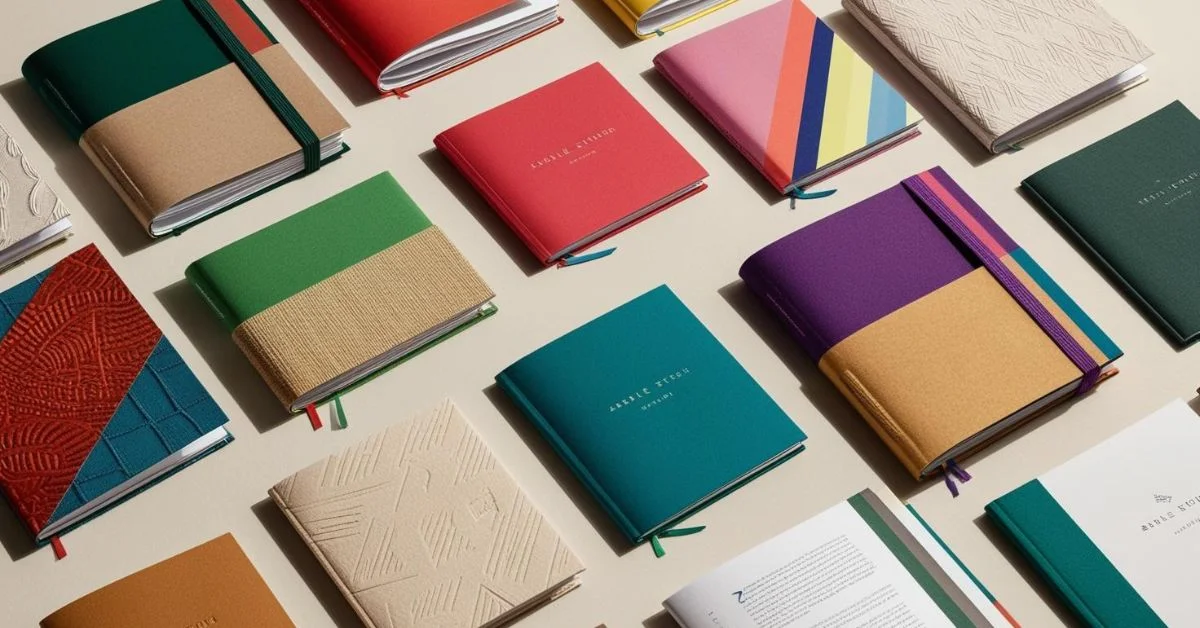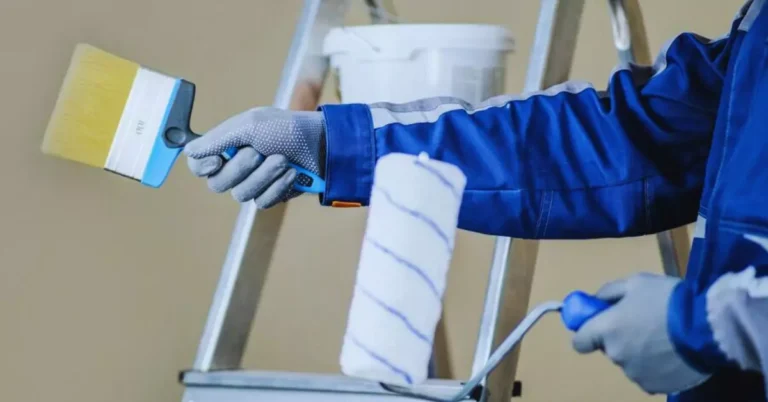Unique Possibilities with Saddle-Stitched Booklets
In the ever-evolving world of print media, saddle stitching stands as a testament to the enduring power of simplicity and functionality. As one of the most popular binding methods, it involves folding sheets of paper and stapling them along the fold to create a clean, professional appearance. This technique is distinguished by its straightforward process, making it accessible for a wide array of projects, from operational manuals to vibrant product catalogs. The outcome is a neatly bound booklet that is both practical and visually appealing, capturing the essence of what print can offer without overwhelming complexity.
For businesses, a saddle-stitched booklet provides a versatile medium to convey their brand messages effectively. Whether for small businesses looking to break into print or established corporations in need of fresh marketing materials, saddle stitching delivers a cost-effective solution that’s both adaptable and efficient. By simplifying the production process, businesses can achieve high-quality printed materials without the high costs typically associated with more complex binding methods.
Benefits of Saddle-Stitched Booklets
Beyond its structural simplicity, saddle stitching offers several notable advantages, making it a favored choice in the print industry. One of the primary benefits is its cost-effectiveness. This method significantly reduces expenses by minimizing material use and labor during production, making it an ideal option for both small-scale projects and large production runs. Moreover, its efficiency in production translates to quicker turnaround times. Unlike more elaborate binding methods that may require longer processing periods, saddle-stitched booklets can be completed swiftly, ensuring that businesses have their materials ready right when they need them.
Design Tips for Impactful Booklets
When it comes to crafting a truly impactful saddle-stitched booklet, design is paramount. Begin by considering the layout; a well-organized structure guides the reader through the content effortlessly, enhancing comprehension and engagement. Experimentation with color and typography can further captivate your audience’s attention and reinforce your brand’s identity. Bold, contrasting colors can draw the eye, while carefully selected typography reflects the tone of your brand. Remember, consistency in design not only ensures clarity but also strengthens brand recognition. Think of your booklet as a visual journey, one that seamlessly integrates aesthetic appeal with practical information.
Creative Uses Across Industries
Embracing the versatility of saddle-stitched booklets, a multitude of industries have harnessed their potential to enhance communication and engagement. In the fashion industry, for example, designers use these booklets as lookbooks or promotional materials, offering a tactile preview of their latest collections. In the realm of real estate, agencies produce visually engaging booklets to showcase properties, often including detailed images and insightful market information. To inspire creativity, exploring creative booklet designs can reveal innovative applications and challenge traditional perspectives on what a booklet can achieve.
Printing Techniques to Enhance Your Booklets
To truly make a saddle-stitched booklet stand out, leveraging advanced printing techniques can provide that extra layer of sophistication and allure. The booklet becomes an interactive experience for the reader when techniques like foil stamping and embossing are used to give depth and texture. Spot UV treatments, which apply a clear coat to highlight specific areas, can create striking contrasts that draw the eye. Additionally, choosing the right paper type and finish is crucial; options like gloss, matte, or satin can vastly alter the tactile experience, enhancing the perception of quality and care embedded in the booklet’s creation.
Environmental Considerations in Printing
Today, as environmental consciousness becomes increasingly paramount, it is vital for companies to consider sustainable practices in their print productions. Implementing eco-friendly printing practices not only lowers the carbon footprint but also resonates with an audience that values environmental responsibility. This can include using recycled paper, soy-based inks, and energy-efficient machines that reduce waste and emissions. By integrating these practices, businesses can align their supply chain with modern sustainable printing practices, contributing to a more sustainable future without compromising on quality.
Future of Print Media in the Digital Age
Despite the rapid evolution of technology and digital media, print media retains its distinctive place in storytelling and communication. Print materials offer a physicality that digital formats can’t replicate—an intimate engagement through touch and feel. Moreover, the future of print may involve an exciting synergy with technology, where QR codes and augmented reality transform traditional booklets into interactive experiences. This fusion highlights the potential of print media not only to survive but also to thrive alongside digital platforms, expanding the possibilities for rich, multi-layered communication strategies.
Conclusion
At its core, the saddle-stitched booklet is an enduring instrument of communication, capable of conveying complex ideas in a compact and accessible format. Its versatility makes it an apt choice for anyone looking to share a narrative, whether it be a corporate brand story or an artist’s portfolio. When combined with thoughtful design and environmentally conscious practices, these booklets become powerful tools for storytelling—offering glimpses of creativity and professionalism with every page turned. Take advantage of every booklet’s ability to effectively tell your narrative and captivate readers in a way that will last with them.
Moreover, the tactile experience of a saddle-stitched booklet adds an intimate layer to the storytelling process. Unlike digital formats that often feel transient, a physical booklet invites readers to slow down and truly engage with the content. The feel of the paper, the smell of the ink, and the crispness of each page create a sensory experience that resonates long after the booklet is closed. This tangible connection can foster a deeper emotional bond with the audience, making the messages within even more impactful. In an increasingly digital world, the timeless appeal of a well-crafted booklet stands out, reminding us of the power of physical media to captivate and inspire.







